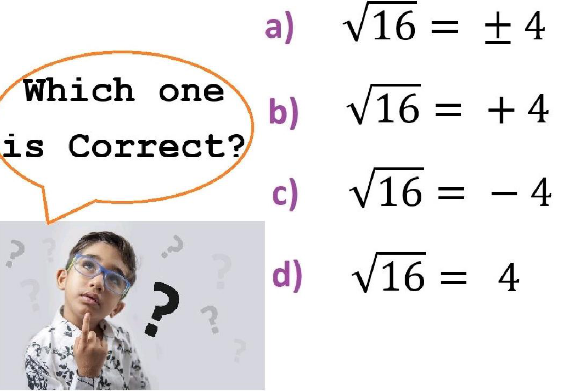
AllQuestion and Answers: Page 400
Question Number 180778 Answers: 0 Comments: 0

Question Number 180776 Answers: 2 Comments: 0
$${Simplify}\:\:\sqrt{\frac{\mathrm{4}}{\:\sqrt{\mathrm{2}}}\:+\:\mathrm{3}}\: \\ $$$$ \\ $$
Question Number 180775 Answers: 0 Comments: 7
Question Number 180773 Answers: 1 Comments: 0
Question Number 180771 Answers: 1 Comments: 1
Question Number 180759 Answers: 1 Comments: 0
Question Number 180756 Answers: 3 Comments: 1

Question Number 180735 Answers: 1 Comments: 0
Question Number 180734 Answers: 1 Comments: 0
Question Number 180733 Answers: 0 Comments: 0
Question Number 180730 Answers: 1 Comments: 0
$${is}\:{it}\:\sqrt[{\mathrm{3}}]{\mathrm{125}{x}^{\mathrm{3}} }\:\:{a}\:{polynomial}? \\ $$
Question Number 180729 Answers: 2 Comments: 0
Question Number 180728 Answers: 1 Comments: 0
Question Number 180718 Answers: 1 Comments: 0
Question Number 180713 Answers: 1 Comments: 7

Question Number 180746 Answers: 2 Comments: 0

Question Number 180744 Answers: 2 Comments: 2

Question Number 180698 Answers: 1 Comments: 0
Question Number 180689 Answers: 1 Comments: 0
$${value}\:{of}\: \\ $$$$\int_{{o}} ^{+{oo}} {e}^{{E}\left({x}\right)} {dx} \\ $$
Question Number 180695 Answers: 1 Comments: 0
Question Number 180684 Answers: 1 Comments: 0

Question Number 180683 Answers: 1 Comments: 0
Question Number 180667 Answers: 3 Comments: 1

Question Number 180680 Answers: 4 Comments: 0

Question Number 180682 Answers: 1 Comments: 0
Question Number 180625 Answers: 1 Comments: 0
Pg 395 Pg 396 Pg 397 Pg 398 Pg 399 Pg 400 Pg 401 Pg 402 Pg 403 Pg 404
